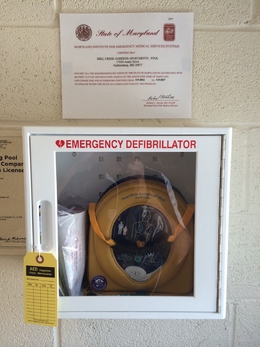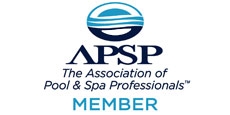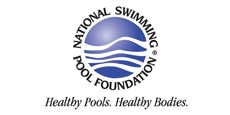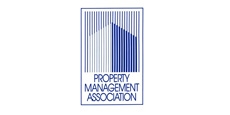Automated External Defibrillator (AED)

As of November 13th 2013 All Licensed Swimming pools in Montgomery County In Maryland are required to have at least one AED ( Automated External Defibrillator) in good working order and at least one staff member who is trained to use it.
As of November 13th 2013 All Licensed Swimming pools in Montgomery County In Maryland are required to have at least one AED ( Automated External Defibrillator) in good working order and at least one staff member who is trained to use it.
Premier Aquatics is working closely with Montgomery County Health department to ensure all pool that are managed by Premier Aquatics are equipped with AED. Those AED devices are tested monthly to make sure that in case of emergency are ready for use.
In the near future probably all counties and states in Tri State area ( Maryland, Virginia and District of Columbia ) will require presence of at least one AED Device at the pools.
AED Fact:
An automated external defibrillator (AED) is a portable electronic device that automatically diagnoses the life-threatening cardiac arrhythmic of ventricular fibrillation and ventricular tachycardia in patient and is able to treat them through defibrillation, the application of electrical therapy which stops the arrhythmia, allowing the heart to reestablish an effective rhythm.
With simple audio and visual commands, AEDs are designed to be simple to use for the layperson. and the use of AEDs is taught in many first aid, first responder, and basic life support (BLS) level cardiopulmonary resuscitation (CPR) classes.
An automated external defibrillator requires minimal training to use. It automatically diagnoses the heart rhythm and determines if a shock is needed. Automatic models will administer the shock without the user's command. Semi-automatic models will tell the user that a shock is needed, but the user must tell the machine to do so, usually by pressing a button. In most circumstances, the user cannot override a "no shock" advisory by an AED. Some AEDs may be used on children - those under 55 lbs (25 kg) in weight or under age 8. If a particular model of AED is approved for pediatric use, all that is required is the use of more appropriate pads.
All AEDs approved for use in the United States use an electronic voice to prompt users through each step. Because the user of an AED may be hearing impaired, many AEDs now include visual prompts as well. Most units are designed for use by non-medical operators. Their ease of use has given rise to the notion of public access defibrillation (PAD), which experts agree has the potential to be the single greatest advance in the treatment of out-of-hospital cardiac arrest since the invention of CPR.
The number of people who survive sudden cardiac arrest is increasing gradually, thanks to the use of AEDs. For this reason, the Sudden Cardiac Arrest Foundation developed the National SCA Survivor Network, which provides a platform for mutual support and for engaging in the mission to help save other lives.
For more information follow the link:
http://www.redcross.org/prepare/location/workplace/easy-as-aed








